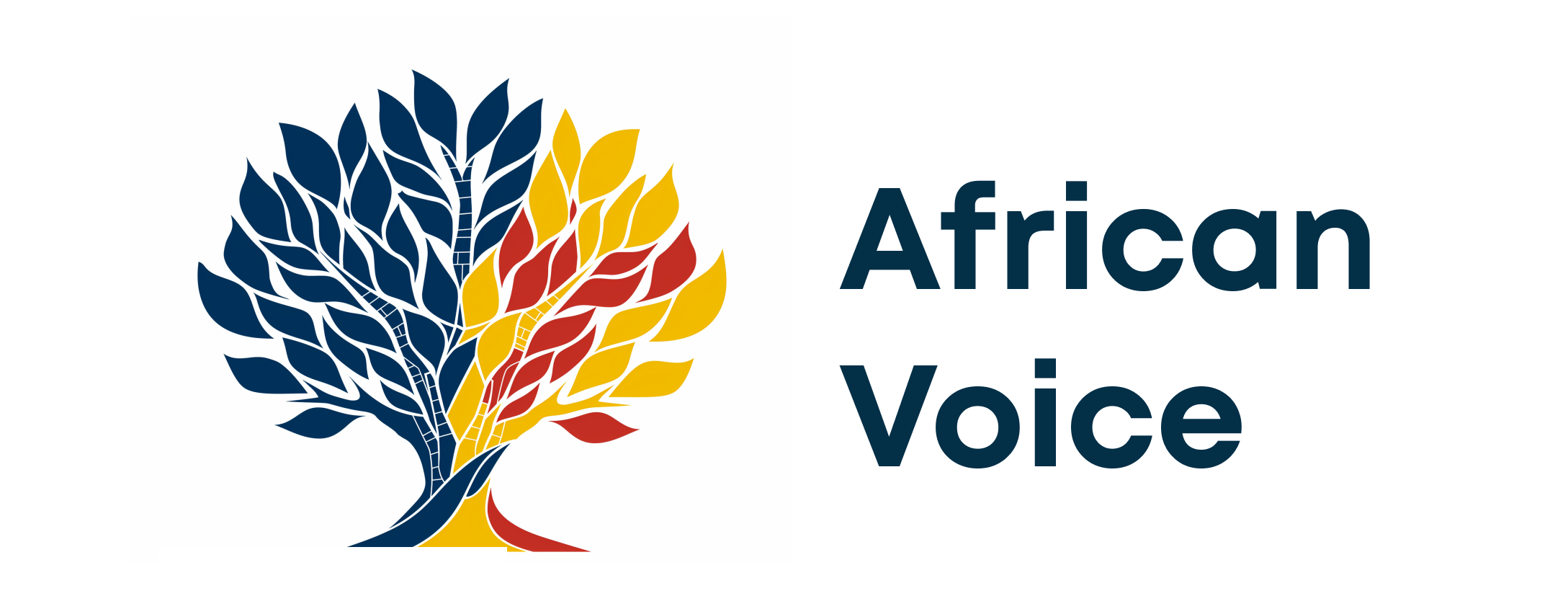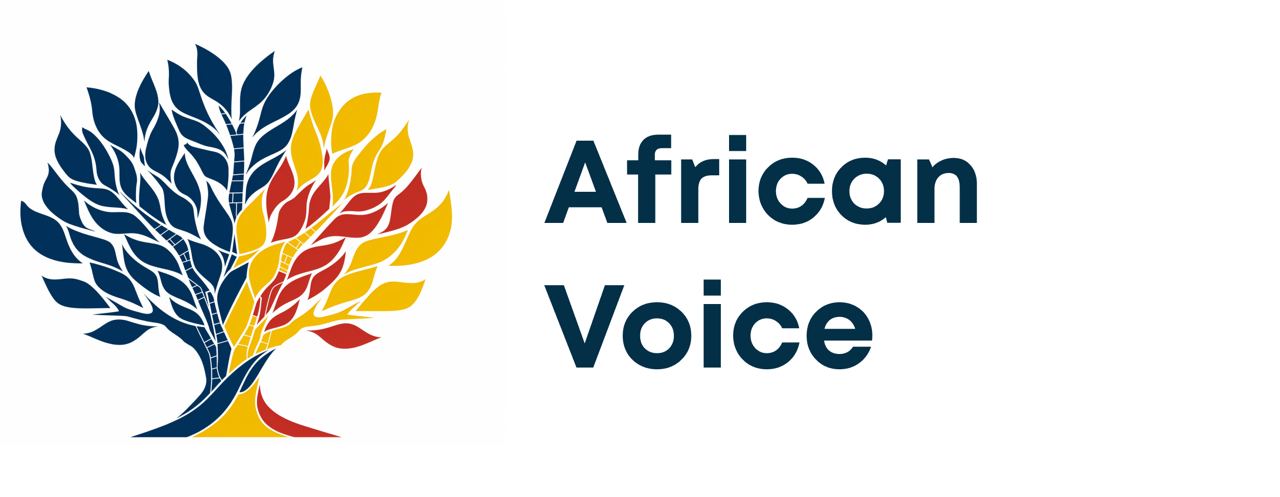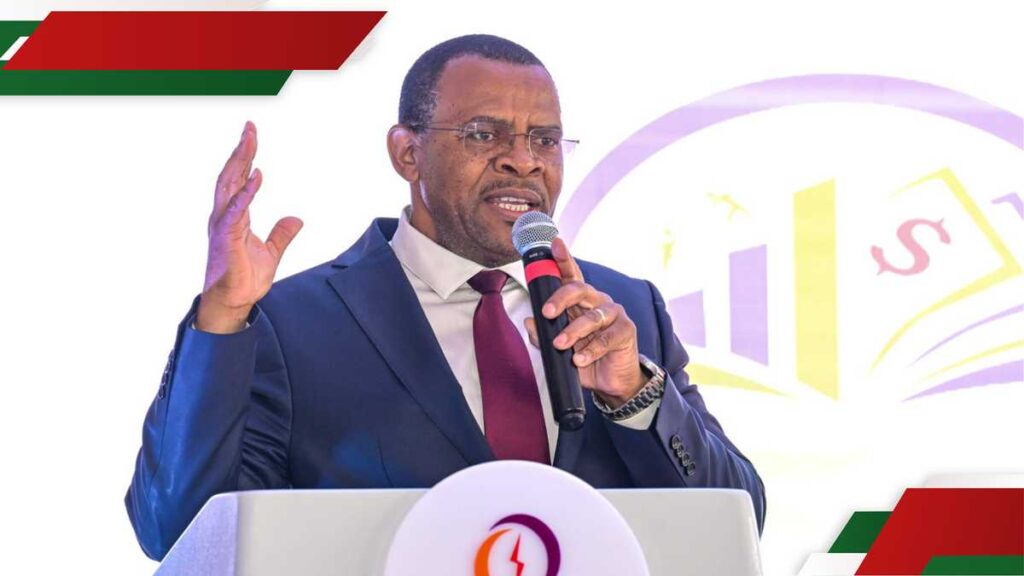The government has called for increased investment in the social service workforce to enhance child protection
This, it emerged, will expand and strengthen the social service workforce and reduce the cost of child protection in the country by 2.54 per cent of the Gross Domestic Product (GDP), equivalent to Sh308.5 billion every year.
The details are contained in a report, ‘Policy Brief: Investing in Kenya’s Children: The Economic Case for a Well-Planned, Well-Supported, and Well-Resourced Social Service Workforce.’
It was sponsored by the United Nations Children’s Fund (UNICEF) East and Southern Africa Regional Office.
The survey was carried out by a South African-based consultancy firm, Cornerstone Economic Research.
Currently, the study in its findings said the country spends an estimated 4.89 per cent of the GDP, an equivalent of Sh588.2 billion per year, in addressing violence against children (VAC).
To implement a significant long-term and get social returns that a stronger child protection system will deliver, the study recommends an-eight-year expansion and strengthening plan that will see an increased staffing and targeted investments.
“By the eight years, the annual cost of employing the fully expanded workforce is projected as Sh5.39 billion, equivalent to just 0.15 per cent of the total government budget (based on the 2023 estimates with an additional; development(capital) costs of Sh0.47 billion,” said the study, which was presented by Conrad Barberton, senior economist at Cornerstone.
It added: “Investment in the social services workforce is expected to reduce the economic burden on the government, ease pressure on other services, and significantly boost the long-term productivity of Kenya’s workforce.”
The study was carried out also in Zambia and launched last month in March, where the Ministry of Community Development and Social Services committed to employ 5,000 social services workers in the next five years.
Kenya’s children suffer high rates of violence, abuse, neglect, combined with an overstretched and under-resourced social service workforce and circuital low government investment.
This means that the children are not receiving the protection and support they urgently need.
According to the study, in 2023, the Directorate of Children’s Services (DCS) employed approximately 739 staff to work on child protection at the national, regional, and county levels.
“This equates to just four workers per 100,000 children-far below what is needed to meet the demand for services,” it said.
The 2019 Violence Against Children Survey (VACS) found that 52 per cent of men and 41 per cent of women in Kenya experienced some form of violence during childhood, before the age of 18 years.
Stay informed. Subscribe to our newsletter
This is even though data from VACS indicate that only 41 per cent of victims of violence are aware of available support services, and just 6 per cent of girls and 12 per cent of boys receive adequate assistance.
“Inadequate service provision is largely driven by insufficient funding. In 2023, the government allocated Sh2.8 billion (0.08 per cent) of the total national budget to support the social services workforce,” it said.
In the eight-years plan, the study proposes investment of Sh2.68 in the first year, Sh3.16 billion, Sh3.84 billion, Sh4.34 billion, Sh4.8 billion, Sh5.2 billion, Sh5.5 billion and Sh5.86 billion respectively.
The money will go towards recurrent costs, which include procurement of goods and services, salaries, operational costs, and in-service training, with initial one-off investments in induction training and start-up costs for child protection volunteers spread over the first three years.
The other costs will be development, which will include annual capital replacement costs plus initial one-off investments in vehicles spread over the first four years.
The study, in its recommendations, urges the government to undertake six actions, among them appointing a taskforce team to develop a Social Service Workforce Strengthening Strategy (SSWSS) based on the findings and recommendations.
The task team should review workforce structures and capacity needs, staff distribution across counties and sub-counties and budget transparency to enhance visibility of child protection and socials service workforce investments.
Two, the government should train the taskforce team on the use of the Social Services Workforce (SSW) Costing Tool and develop a cost plan for the rollout of the strategy above.
It should in its third action update qualifications and job descriptions of all cadres of the social services workforce to align with the needs identified in the Children’s Act and strategy.
Fourth, it should work with the Public Service Commission (PSC) to review and approve the expanded staff establishment of the DCS.
It should secure budget allocations form the National Treasury to progressively implement the SSWSS and lastly mobilise support from development partners with the design and rollout of the strategy.
Speaking during the launch of the study, State Department for Children Welfare Services Principal Secretary Carren Ageng’o, said investing in our children is an investment in the future of ours.
“Research shows that when we invest in the well-being of children, the returns are immeasurable. Children who grow up in safe and nurturing environments are more likely to thrive in their education, contribute positively to their communities, and become productive members of society,” said PS Ageng’o, who is few weeks in office after taking over on April 23.
She added: “The investment case for child protection fits perfectly well in the Kenyan Government’s transformative agenda. The Child Protection Workforce is the most important component of the child protection system.

























